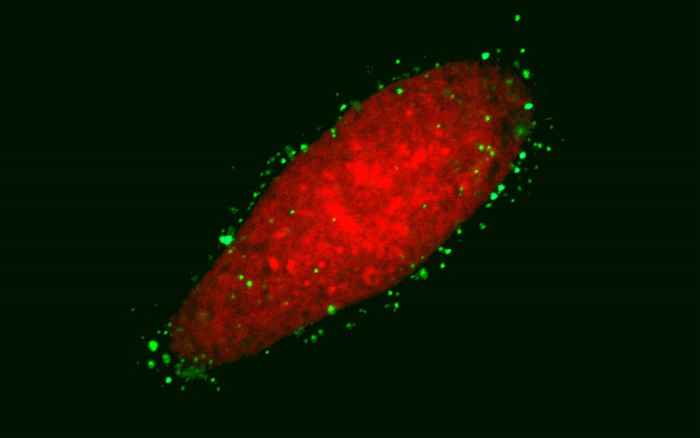Light-activated molecules to fight cancer and infection
Also boosting food security by safeguarding against potentially harmful microbes
12 March 2018

The Polythea project is an Innovative Training Network (ITN) funded by the European Commission through the Horizon 2020 Marie-Sklodowska Curie Actions. The €2.5 million project involves academic institutions and companies in nine European countries. It will enable 10 PhD researchers to do a European Joint Doctorate (EJD) with two universities and gain experience working with industrial partners in Europe.
Dr René M. Williams leads the project at HIMS, involving a joint doctorate with Trinity College, Dublin (Ireland) and one with the University of Limoges (France). Coordinator of the Polythea Project is Dr Stéphanie Lhez of the Laboratoire de Chimie des Substances Naturelles (LCSN) in Limoges.
Photosensitizers

Polythea entails an integrated and multidisciplinary approach of Photo Dynamic Therapy (PDT). It aims at the development of new tetrapyrrolic photosensitizers for various types of PDT - including anti-cancer, anti-bacterial, anti-inflammatory and immune-activating applications - improving their photophysical and biological properties. In addition, innovative bio-inspired drug carriers or supports will be developed.
Related to the pigments that make blood appear red and plants green, the tetrapyrrolic photosensitizers become active when exposed to light and oxygen, which causes them to form reactive oxygen species (ROS). These photosensitizers have a very low (safe) toxicity until they are exposed to light and are already used in photodynamic therapy for cancer or skin disease treatments, or as agents in photodynamic-antimicrobial chemo-therapy.
Practical applications

Among the practical applications that should benefit from the Polythea research are new first-aid bandages, skin/anti-tumour treatments, self-sterilising prosthetic devices for patients, self-sterilising surfaces for the food industry, and biologically-inspired drug carriers that will deliver drugs to where they are needed in the body.
The Polythea project has received funding from the European Union’s Horizon 2020 research and innovation programme under the Marie Sklodowska-Curie grant agreement n°764837.

Academic institutions in seven different European countries are part of the consortium: Université de Limoges, France; Trinity College Dublin, Ireland; Politechnika Wroclawska, Poland; Universiteit van Amsterdam, Netherlands; Universidade de Coimbra, Portugal; Universite de Neuchatel; Switzerland; University of Saint Andrews, United Kingdom
Companies involved are Biolitec Research GmbH, Germany; Selvita S. A., Poland; PorphyChem, France, BET-Solutions, Greece. INSERM, France is a public research institution involved in the Polythea project.